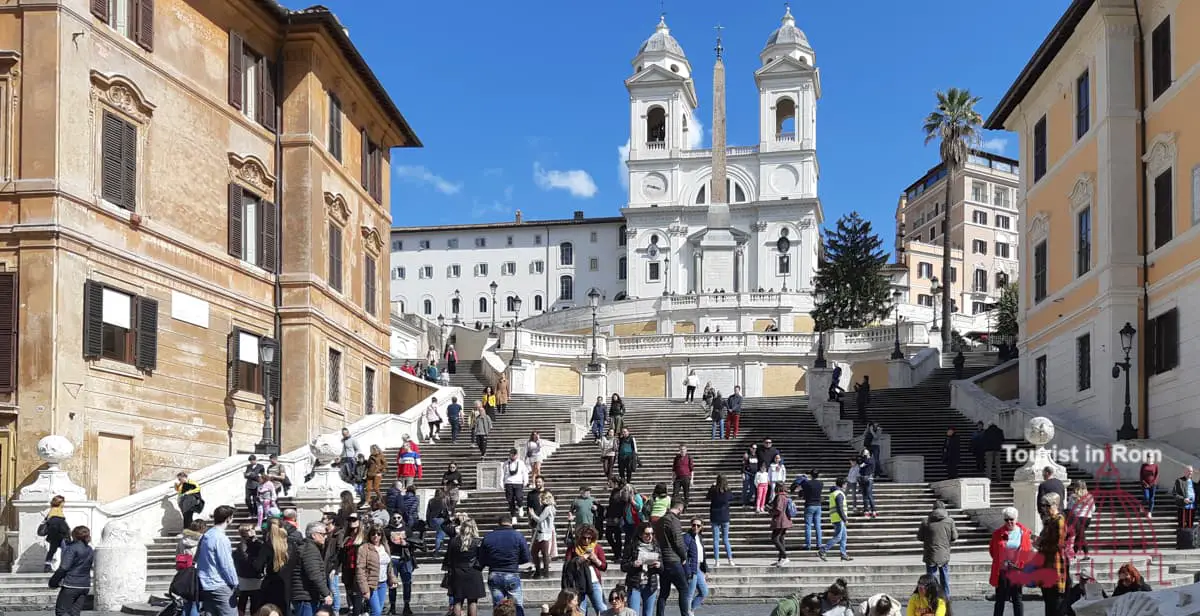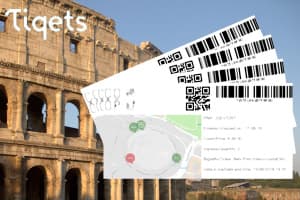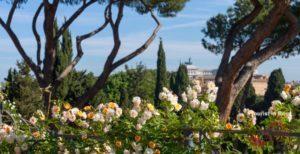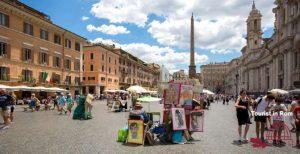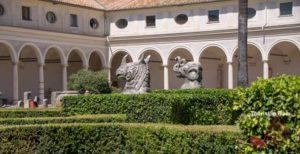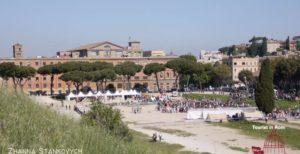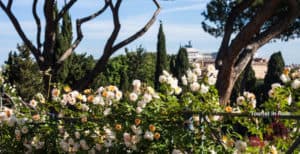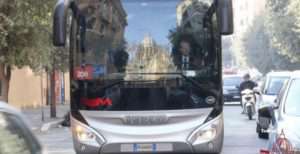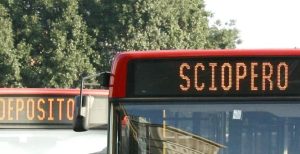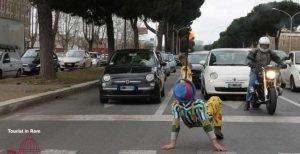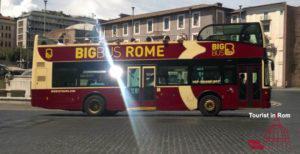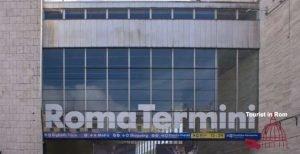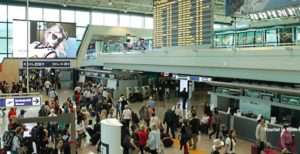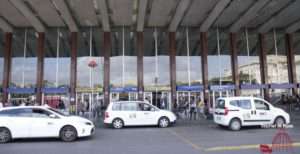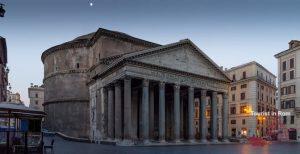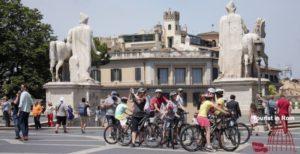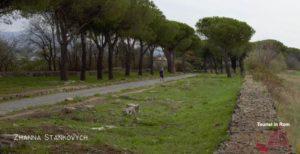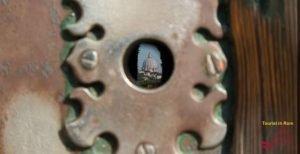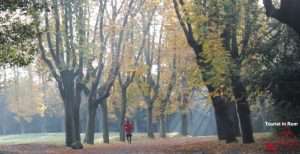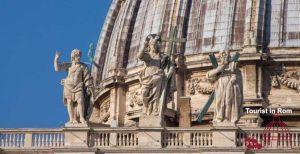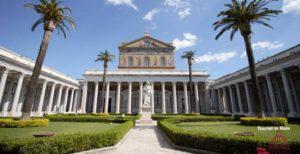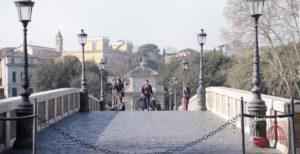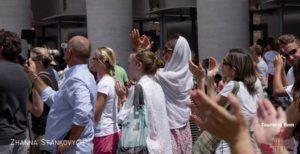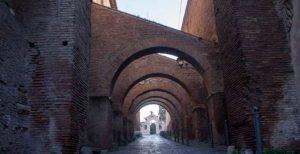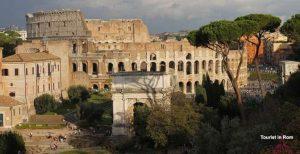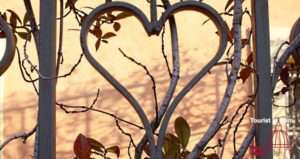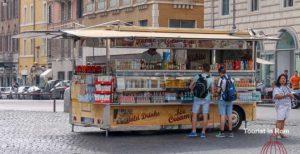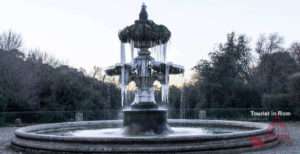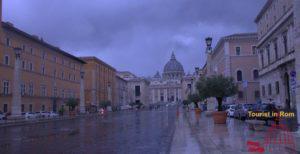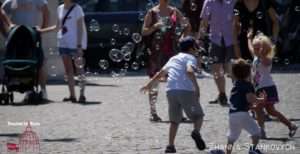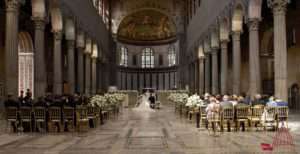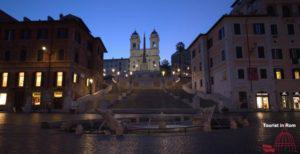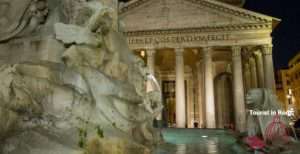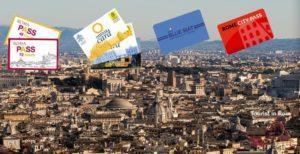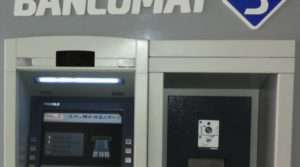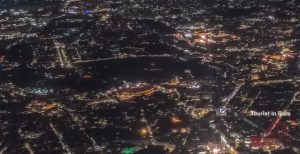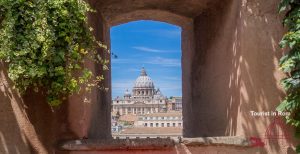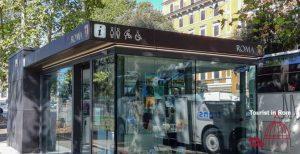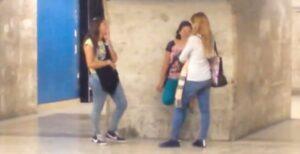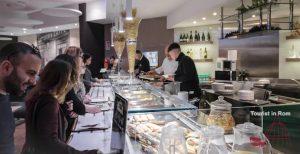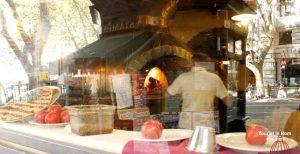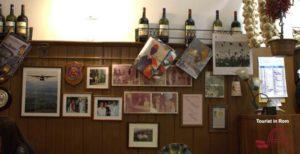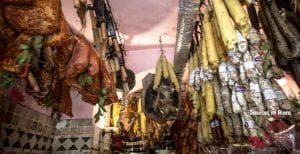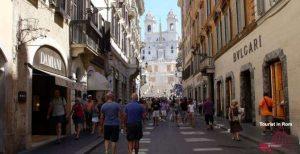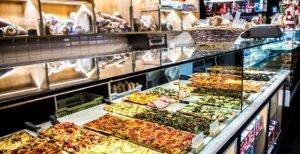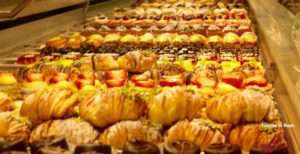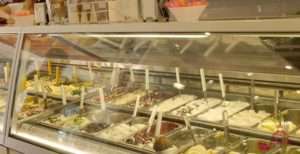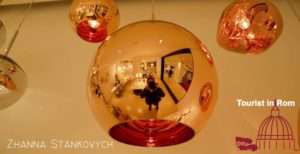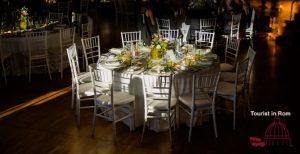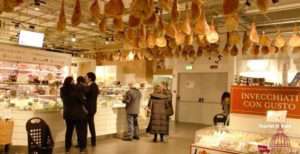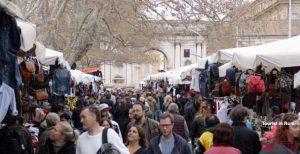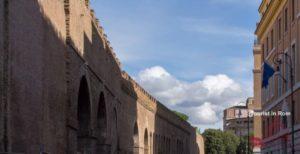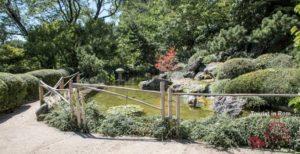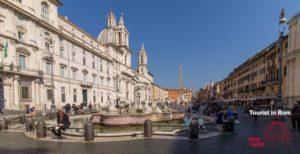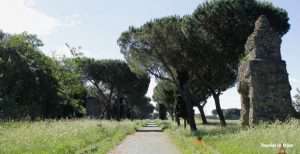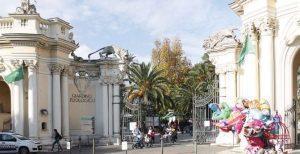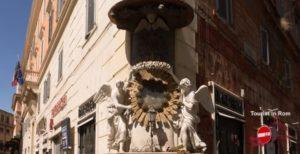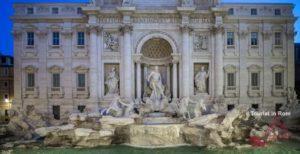One of the most famous landmarks of Rome are the Spanish Steps. This masterpiece of Roman Baroque you must have seen and immortalized in a photo.
Above were the French, below the Spanish. In between, the steep slope of the Pincio Hill. The French-Spanish war of the 17th century was over and the time was ripe for a staircase to celebrate peace.
The Spanish Square
The Spanish Square in Rome has a prominent importance for the Romans.
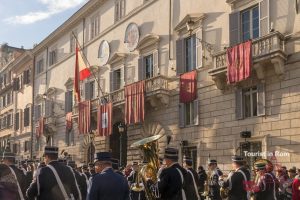
The Spanish Embassy to the Holy See is located here. At the time of the Papal States, this was the center of Spanish diplomacy in Rome and Spanish Square was extraterritorial. Anyone who was wanted by the gendarmes of the Papal States would take refuge in this square and ask for asylum. Today, the name of Piazza di Spagna is synonymous with luxury shopping in Rome.
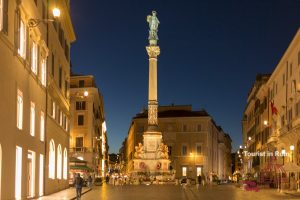
In front of the embassy stands the column of Mary Immaculate. Nowadays, on her feast day, December 8, the Vatican Gendarmerie band parades in front of the Embassy and the Spanish Grandees receive the tribute. In the afternoon, the Pope comes to the Marian Column to pay homage to her.
The Spanish Steps
Looking at the staircase, one is immediately fascinated by its unique style and impressive size. The Spanish Steps are made of travertine, a Roman limestone that gives the staircase its characteristic light color.
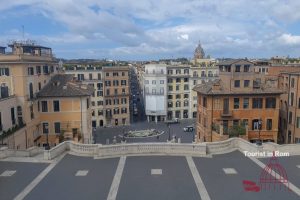
The height difference between Piazza di Spagna and the forecourt of the Trinità dei Monti church is 23 meters. The slope becomes progressively steeper. The problem was magnificently solved by dividing the staircase into 11 sections with a total of 136 steps. The staircase is serpentine, thus lengthening the route to overcome the difference in height comfortably and with little incline. Three terraces allow one to rest and enjoy the splendid view over Via dei Condotti to the Tiber.
The staircase, with its long perspectives and backdrops, is a great example of Roman Baroque. The noble backdrop is perfect for pompous fashion shows. In the early morning, you can spot wedding couples doing photo shoots here.
Why the staircase is called this way
The Spanish Steps are in fact called Scalinata di Trinità dei Monti. It is the staircase that leads to the French church Trinità dei Monti. Nevertheless, in most languages it is called Spanish Steps. After all, the staircase is at the Spanish Square and the name is easier to remember. The staircase has nothing to do with Spain. It was built by a Roman architect and financed by the French.
Practical tips
The Spanish Steps are an exceptionally impressive photo motif. The sun rises on the Pincio behind the stairs. In the afternoon, the staircase is in full sunlight.
We recommend visiting the stairs as part of a walking tour of the city center. After climbing the stairs, continue left to the Pincio with its viewpoints over Piazza del Popolo and Villa Borghese.
Avoid soiling the stairs! You will make yourself unpopular with those around you if you smoke on the stairs. Eating, drinking and sitting down is forbidden!
At Piazza di Spagna there is the metro station Spagna of line A. Through a pedestrian tunnel you can easily reach the parking garage of Villa Borghese.
Fontana della Barcaccia
The Fountain of the Barcaccia was the first fountain in Rome in the form of a sculpture. Before that, the tubs consisted of simple geometric shapes. The commission was given to Pietro Bernini, father of the better known Gian Lorenzo, by Pope Urban VIII Barberini in 1626 and the fountain was completed three years later. The fountain is therefore almost 100 years older than the Spanish Steps.
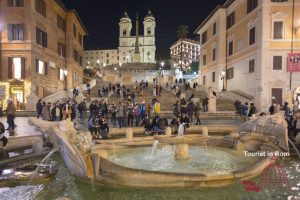
Since the water pressure is low in this place, Bernini had to build a low fountain and so the barque was created, floating in a second basin below the street level. In 1598, a barge had washed up here during a Tiber flood. This is perhaps where the idea for the design of the fountain came from. The fountain bears the Pope’s coat of arms with the bees from the Barberini family. Incidentally, in 1640 Urban VIII commissioned Gian Lorenzo Bernini to design the Trevi Fountain. However, due to difficult financing, it was not completed until 1744. The water supply for the fountains on the Field of Mars is provided by the Aqua Virgo aqueduct.
History
A steep hill separated the Spanish Square from the French church and the convent Trinità dei Monti, located on the Pincio, and the French wanted a convenient and representative way to the church. After the end of the French-Spanish War in 1659, the time was ripe for the project. But it took until 1721 for the project of architect Francesco De Santis to be selected and he was commissioned by Pope Innocent XIII to carry it out. Before that, there were numerous entanglements around the project. The endowment of the French diplomat Etienne Gueffier, who died in 1660, for the project was contested by his heirs. And the popes could not agree on the design of the staircase with the Sun King Louis XIV, who died in 1715. While Louis wanted an equestrian statue of himself to be placed on the top, they finally agreed to place four spheres on the bottom, the two outer ones showing the French Lily and the two inner ones the eagle included in Innocent XIII’s coat of arms. For the Jubilee in 1725, the staircase was inaugurated by Benedict XIII. In 1789 the obelisk was placed in front of the church Trinità dei Monti.
The last major restoration of the staircase was carried out with the help of Bulgari in 2015-16. The cleaning of the staircase was extremely laborious. One had to deal with all kinds of stains: chewing gum, cigarettes, ketchup, mayonnaise, tomatoes, mozzarella, cola, beer, pretty much everything could be found on the stairs. Since then it is forbidden to eat, drink and sit on the stairs. There are heavy fines and also expulsion from the city.
